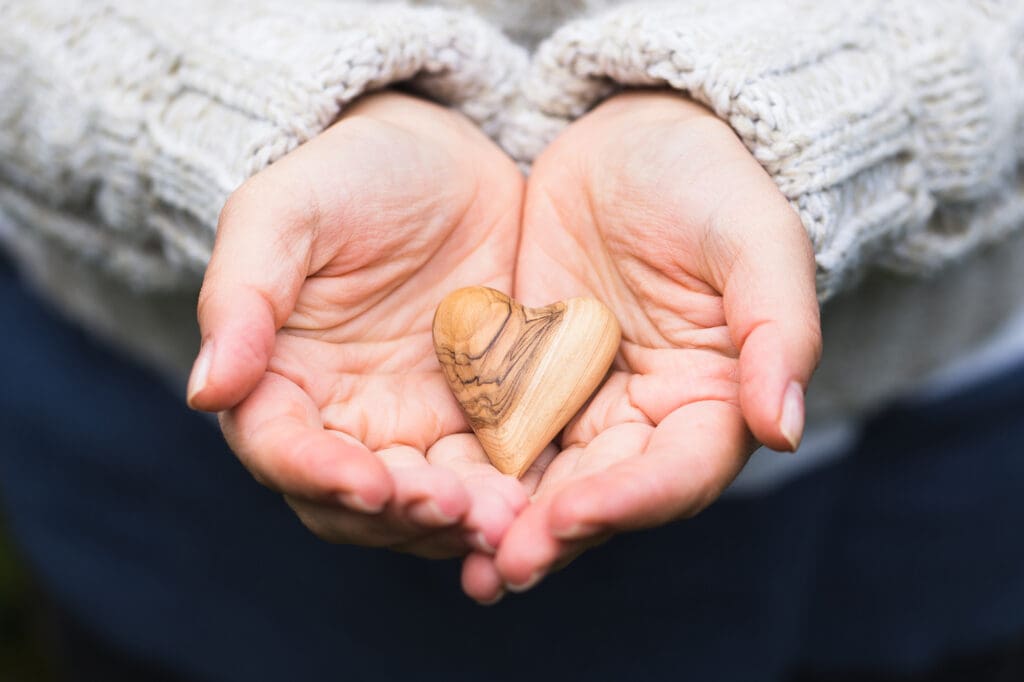
In a striking blow to human trafficking operations, a meticulous investigation has culminated in the arrest of three individuals linked to a sophisticated high-end brothel network across Massachusetts and Virginia. This network, allegedly frequented by an array of professionals, including elected officials and high-ranking executives, underscores the unsettling reality of trafficking’s reach into even the most esteemed echelons of society.
The defendants, identified as Han Lee, James Lee, and Junmyung Lee, have been charged with conspiracy to coerce and entice individuals to travel with the intent of engaging in illicit sexual activities. The gravity of these allegations reflects a harrowing abuse of power and a blatant disregard for human dignity.
According to federal authorities, the network operated a series of brothels housed in luxury apartments, leveraging the allure of high-end accommodations to facilitate and conceal their illicit activities. Reports suggest that these locations were not merely transient sites of criminal exchange but also served as temporary homes for the victims, further entrenching them within this exploitative cycle.
In an elaborate scheme to maintain anonymity and exclusivity, the network implemented a rigorous verification process for potential clientele, demanding employer information and references, indicative of a chillingly methodical approach to their illegal operations. Their websites, masquerading as portals for professional photography services, offered a roster of primarily Asian women, with frequent updates signaling the arrival of new victims in the area.
The arrest of these individuals marks a critical moment in the ongoing battle against human trafficking. It not only signifies the disruption of a particular network but also serves as a reminder of the pervasive nature of this criminal industry. The investigation’s discovery that such a network could be operating in plain sight and receiving support from people in respectable professions serves as a sobering reminder of the complexity and scope of contemporary slavery.
As this case progresses and the legal process unfolds, it is imperative to remember that the individuals ensnared by such networks are not mere statistics but human beings with inherent rights and worth. It is a stark call to action for organizations, communities, and individuals to remain vigilant, informed, and engaged in the fight against human trafficking.
The SPEAR Fund, dedicated to the eradication of human trafficking and the rehabilitation of its survivors, lauds the collaborative efforts of the U.S. Attorney’s Office, Homeland Security Investigations, and local law enforcement agencies in bringing these perpetrators to justice. We reaffirm our commitment to supporting the ongoing investigation and ensuring that survivors receive the comprehensive care and support they need to heal and rebuild their lives.
The charges brought forward are a testament to the tireless work of those who stand on the front lines against human trafficking. As we await due process, The SPEAR Fund stands ready to offer resources and support to those affected by these events and to further our mission in the relentless pursuit of justice and healing for survivors.
For those in our community who may have information or need assistance regarding this case, we echo the call to reach out to USAMA.VictimAssistance@usdoj.gov. Together, we can forge a future where freedom is the right of all and exploitation is relegated to the annals of history.
The individuals mentioned in this article are considered innocent until proven guilty in a court of law, and the charges against them remain allegations at this time.





